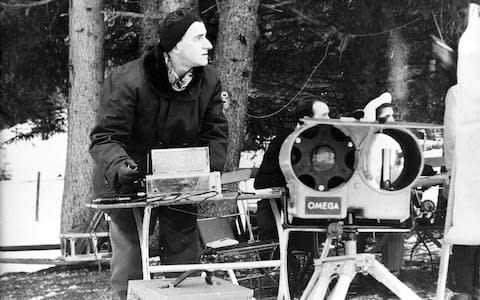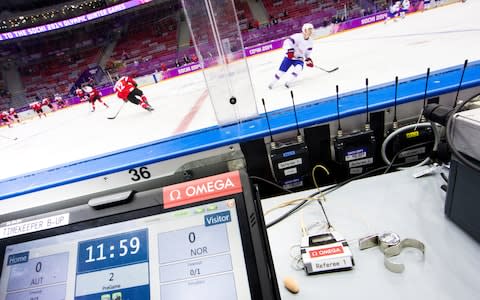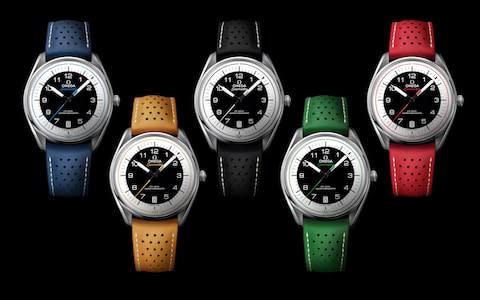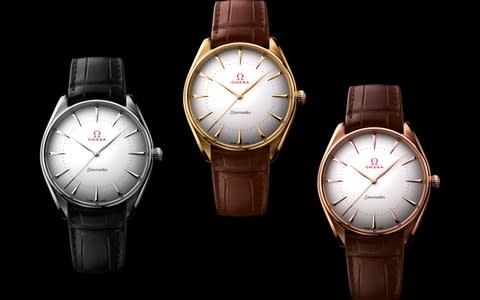Timed to perfection: Omega lends its watchmaking excellence to the Pyeongchang Winter Olympics

As the Winter Olympics kicks off in Pyeongchang, Omega, the Swiss watchmaker, is once again on hand to pull off one of the most complex and sophisticated timing operations imaginable – a job it has been doing since 1932, though the game has changed somewhat.
At the first Winter Games Omega timed, in Germany in 1936, the brand sent a single technician armed with 27 stopwatches. This year in South Korea, it’s fielding 300 timing personnel and over 230 tons of high-tech equipment to capture every nanosecond of the action, with a further 350 volunteers in support.

Omega devotes an entire extra wing of its company to the task of developing ever more innovative sports timing technology, which according to Omega Timing CEO Alain Zobrist is now as much about delivering analytical data as it is separating winners from losers.
“In terms of new innovation in PyeongChang, the most important aspect is our advancement of live competition data. For example, in many events this year, we are now attaching motion sensors to the athletes, which are able to capture much more competition-relevant information,” he told Telegraph Luxury.
For instance, in the Games’ blue ribband event downhill skiing, besides the split-times of old, measurements now include elements like acceleration and brake, thanks to sensors attached to the skiers’ boots. In bobsleigh racing, similar sensors in each sleigh will be able to measure factors including G forces, angles, trajectory and acceleration, by interacting with antennas placed along the course as the competitors careen past.

Speed skating throws in even more complexity – results aren’t just based on the finish but include mid-race sprints that earn competitors points that count towards the final standings. Transponders worn on the ankles of the competitors will be feeding back a variety of in-race information, including live speeds and comparative performance data, timed down to the nearest thousandth of a second. In the closest finishes, Omega’s delightfully named “Scan’O’Vision” photofinish camera records the finishing line positions at 10,000 digital images per second.
And transponders worn on the backs of ice hockey players have the chance of making even this fast-paced sport comprehensible to uninitiated TV viewers, feeding back live information instantly.

“This technology has been evolving for some time, but in PyeongChang, we’re really seeing it on a major scale at the Olympic Games for the first time,” says Zobrist. “It’s almost the start of a new era and I think it will have a big impact on the way everyone sees the Olympic Games by providing a much deeper understanding of every single performance.”

As you’d expect, Omega has also seen fit to bring out some special edition watches for the Pyeongchang Games, notably a striking new Seamaster model with a black-and-white contrast dial and sector markings – there are five colourways to match the colours of the Olympic rings.

Also announced is a trio of Seamaster dress watches in different gold variations – yellow gold, Sedna gold (Omega’s toughened rose gold alloy) and Canopus (a new white gold alloy) – for each of the podium medals.

 Yahoo Finance
Yahoo Finance 